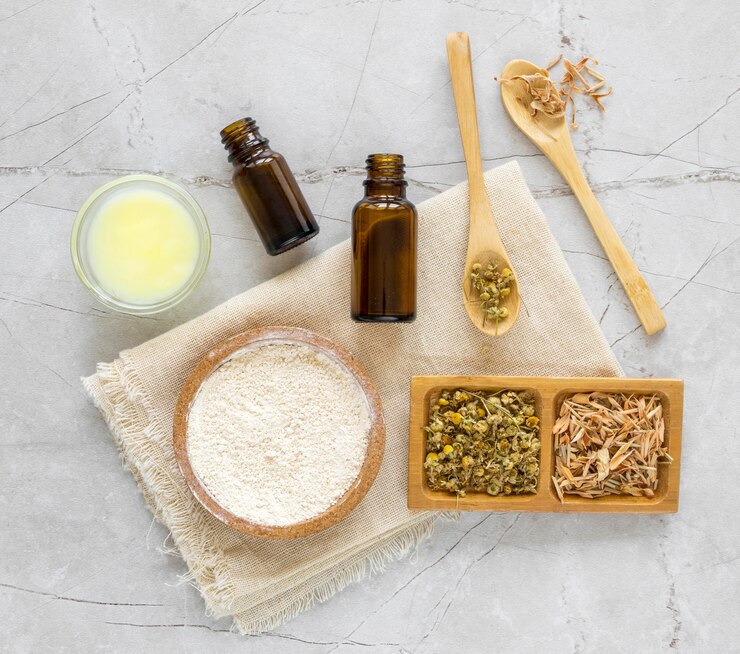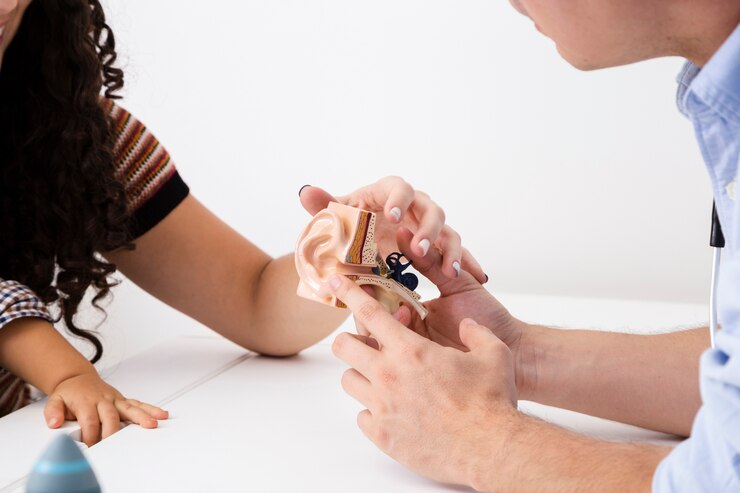
Sure, here’s a revised version of your content that focuses on improving readability and maintaining a natural, friendly tone:
Sure, they might rhyme a little, but that’s not the point here. Have you ever checked the label on a jar of Vaseline? It’s labeled as “100% Pure Petroleum Jelly.” Petroleum—yes, the same stuff that is turned into gasoline. So, how did we end up using petroleum products on our skin, especially for conditions like eczema and for babies’ sensitive skin?
Well, back in the 1800s, workers on oil rigs noticed that smearing the residue from the wells on their skin helped keep it lubricated. This observation led to the creation of a new product. And before long, Vaseline became a household name. But petroleum jelly is much more widespread than just in those little blue containers. It’s used in myriad products!
Petrolatum, found in many beauty and care items like lipstick, lotions, soaps, sunscreens, deodorants, shampoos, conditioners, concealers, eye shadows, hair gels, shaving creams, and even products for babies, is touted for its therapeutic benefits for conditions like rashes, wounds, eczema, and acne.
But what’s the deal with petrolatum?
**Environmental Concerns**: It’s sourced from crude oil, a non-renewable resource that has adverse effects on our planet.
**Skin Concerns**: Products like Vaseline might feel silky but can block your pores, preventing your skin from breathing and possibly worsening conditions like eczema, rosacea, and acne. Plus, blocking pores traps in dirt and bacteria, which can be troubling for diaper rashes.
**Health Concerns**: To make petroleum jelly safe, it undergoes rigorous refining processes involving potentially harmful chemicals. While Vaseline claims high purity standards, the Environmental Working Group notes a moderate hazard, and certain grades are considered unsafe by the European Union.
**Looking for Natural Alternatives?**
There are plenty of fantastic all-natural options out there! Start by nourishing your skin from within and explore some great tips from Joy. If you want an alternative to Vaseline, try making your own salve—let’s call it Naturaline or Vaseclean. You might be better at naming than I am!
*Consider buying certified organic sunflower oil in a dark glass bottle. Stay away from clear plastic bottles as they may contain rancid oil.*
What works best for your dry skin? I was thrilled to read your post! Last October, before my first child, I attended Kathrin’s class on all-natural baby products—highly recommend it for any new mom. It’s hands-on and a lot of fun, plus you get to take home your creations!
It’s worth noting that Vaseline has been proven not to block pores but does indeed block moisture from the air. Also, the mentioned carcinogens are only in lower-grade petrolatums. Meanwhile, organic oils like sunflower, coconut, and jojoba require significant agricultural resources, so weigh those options carefully.
If you’re looking for a tear-free shampoo for your baby, Joy occasionally uses Green Beaver’s Junior Shampoo, which is a tear-free option.
Coconut oil is an excellent body moisturizer, with alternatives like lanolin and vitamin E oil being great for dry skin. Rosehip and jojoba oils are also worthwhile options—but be cautious with coconut oil on the face, as it can clog pores. Do thorough research on natural ingredients; some can cause allergic reactions like beeswax for some people.
The article’s comparison of gasoline and crude oil products is misleading since gasoline is a solvent and not an oil. Remember, Vaseline is formulated for cosmetic use and recommended by dermatologists as a moisture-retaining product.
We hope this helps provide clarity and a balanced perspective!


